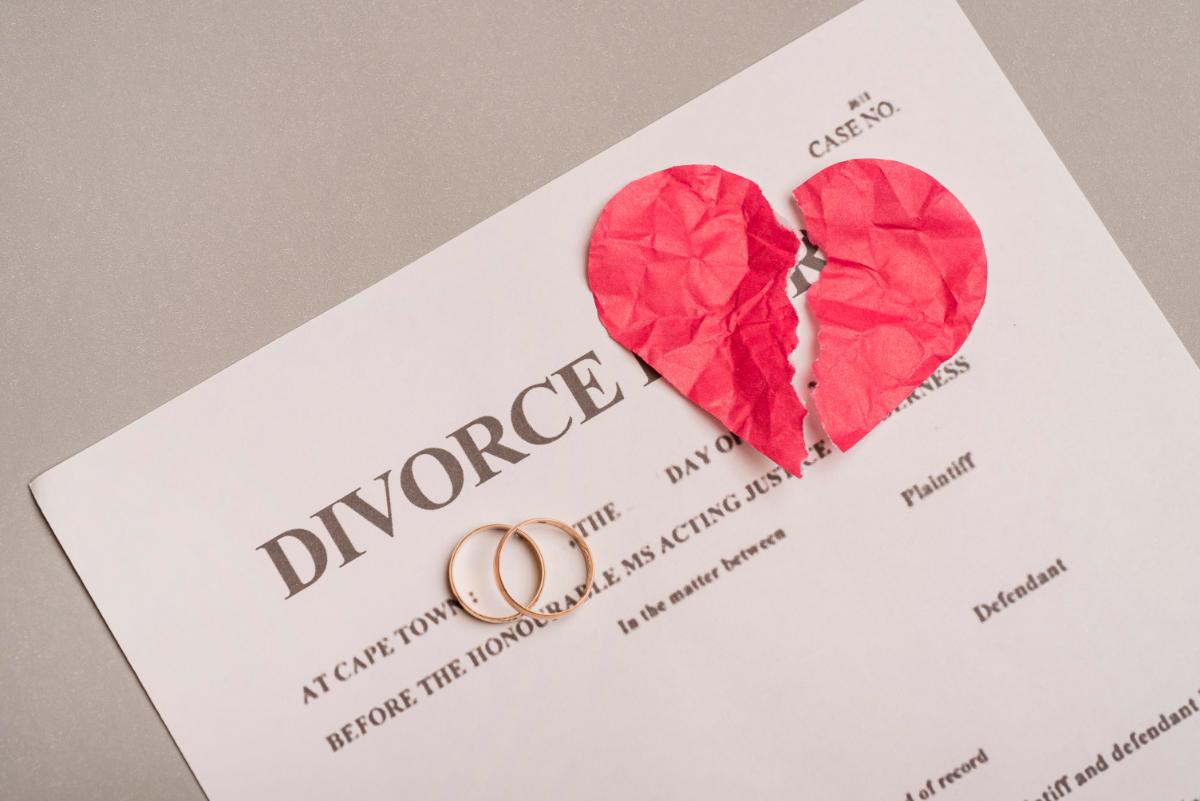A divorce protection trust in Australia is a legally recognised structure that protects assets — such as property, inheritances, and business interests — from division during divorce proceedings.
Under the Family Law Act 1975 (Cth), assets held in a properly established and independently managed trust are generally not considered part of the marital property pool, provided they were not created to conceal wealth or defeat a partner’s claim.
In practice, this means a well-structured divorce protection trust can help preserve family wealth, ensure fair asset management, and maintain compliance with Australian family law.
How Divorce Protection Trusts Operate?
A divorce protection trust operates by legally transferring ownership of assets—such as property, investments, or inheritances—to a trustee, who manages those assets on behalf of nominated beneficiaries. This transfer separates legal ownership from personal ownership, which can prevent the assets from being included in the marital property pool during divorce proceedings under the Family Law Act 1975 (Cth).
The key legal mechanism is control separation. The spouse establishing the trust (the settlor) no longer directly owns or controls the assets; instead, the trustee manages them under the terms of a properly executed trust deed. Courts generally respect this structure if the trust was created for genuine financial or estate planning purposes—not to conceal assets or defeat a partner’s claim.
For the trust to be effective, it must be established with:
- An independent trustee who is not influenced by either spouse.
- A clearly drafted trust deed defining beneficiaries and distribution terms.
- Transparent financial records that show lawful management and purpose.
When these legal standards are met, a divorce protection trust can lawfully shield personal wealth while remaining compliant with Australian family law principles. Those unsure about structure or compliance should consider finding a good family lawyer early to ensure the trust meets all legal requirements.

Legal Requirements and Compliance Considerations
Creating a divorce protection trust in Australia requires adherence to trust law, tax law, and the disclosure obligations imposed by the Family Law Act 1975 (Cth).
The courts evaluate both form and function — meaning a trust that appears compliant may still be scrutinised if one spouse has dominant control or undisclosed benefit.
Essential legal criteria include:
- Valid creation — a properly executed trust deed identifying settlor, trustee, and beneficiaries.
- Genuine independence — the trustee must not be merely a nominee of one party.
- Transparency — all trust interests and financial resources must be disclosed to the Federal Circuit and Family Court of Australia (FCFCOA).
- No intent to defeat claims — transactions made to reduce the property pool may be set aside under Section 106B of the Act.
Courts distinguish between trust property (owned by the trust) and financial resources (potential benefit to a party). The latter may still influence percentage entitlements in a property settlement if it materially affects future financial circumstances.
Benefits of Establishing a Divorce Protection Trust
When structured in accordance with Australian law, divorce protection trusts provide several enduring advantages:
- Preservation of family wealth across generations.
- Protection of business assets and inheritances from being divided in matrimonial proceedings.
- Tax-efficient distribution of income and capital through discretionary allocations.
- Continuity of asset control for trustees and family entities.
- Integration with estate planning, ensuring long-term intergenerational security.
From a legal perspective, these trusts are most effective when established well before the marriage experiences strain and when combined with complementary legal instruments such as Binding Financial Agreements (BFAs) under Sections 90B–90KA.

Divorce Protection Trust vs Binding Financial Agreement
A Binding Financial Agreement (BFA) and a divorce protection trust are distinct but often complementary legal mechanisms.
- A BFA is a private contract under the Family Law Act 1975 (Cth) that outlines how assets will be divided if the relationship ends.
- A trust, on the other hand, is a separate legal entity that holds and manages assets irrespective of marital status.
A well-drafted trust safeguards assets from entering the matrimonial property pool, while a BFA provides a contractual safeguard to prevent later disputes. In practice, using both can create a dual-layer protection structure that aligns with statutory fairness and judicial enforceability.
Risks and Limitations
Despite their benefits, divorce protection trusts are not immune from judicial scrutiny. Courts may “pierce the trust veil” if evidence shows the trust was a façade or an instrument of control. Common risks include:
- A spouse acting as trustee and beneficiary, creating conflict of interest.
- Assets transferred to the trust in anticipation of divorce, suggesting intent to defeat claims.
- Informal management or lack of compliance with trust and tax obligations.
- Failure to disclose trust interests in family law proceedings.
In such cases, the Court may treat the trust as part of the property pool or a financial resource, ensuring a “just and equitable” outcome as required under Section 79(2).
Effectiveness Under Australian Family Law
The true measure of a trust’s protection lies in judicial interpretation. In Kennon v Spry (2008) HCA 56, the High Court confirmed that trust structures could be included in property settlements if one party effectively controls or benefits from them.
This precedent underscores that substance prevails over structure — trusts established with legitimate commercial or estate purposes are more defensible than those designed to conceal wealth.
To remain effective, divorce protection trusts must:
- Demonstrate a legitimate purpose beyond divorce avoidance.
- Maintain independent administration and full disclosure.
- Avoid creating beneficial entitlements accessible to the settlor-spouse.
When these elements are met, trusts remain one of the most legally sound tools for long-term asset protection in Australia.

Tax Implications and Regulatory Oversight
Divorce protection trusts are subject to Australian Taxation Office (ATO) regulation as discretionary trusts.
Trustees must comply with tax reporting and distribution rules under the Income Tax Assessment Act 1997 (Cth).
Key obligations include:
- Annual resolutions identifying beneficiary entitlements.
- Compliance with capital gains tax (CGT) and stamp duty requirements upon asset transfer.
- Maintaining separate trust accounts and avoiding commingling with personal assets.
Professional legal and accounting advice is critical to prevent breaches that may trigger double taxation, penalties, or audit exposure.
Family Trusts and Divorce Proceedings
Many Australian families already operate discretionary family trusts, which often become focal points in divorce litigation.
Where a spouse serves as trustee, appointor, or controlling beneficiary, the FCFCOA may classify the trust as a financial resource or property, depending on the degree of control.
The leading principle is functional control — if a party has practical power over distributions or management, the trust’s assets may be brought into the matrimonial pool.
Regular reviews, independent trusteeship, and clear documentation are therefore essential to preserve the trust’s legal integrity.
Can a Trust Be Challenged in Divorce?
Yes. Under Australian family law, trusts can be challenged if they are established or used to undermine the equitable distribution of property.
The Court may set aside the trust or transactions under:
- Section 79A (variation or setting aside of orders);
- Section 106B (transactions intended to defeat claims); and
- General equitable doctrines such as fraud, undue influence, or sham arrangements.
However, trusts created for genuine estate planning or commercial purposes, managed independently, and disclosed transparently remain legally defensible.

Setting Up a Divorce Protection Trust for High-Net-Worth Individuals
For high-net-worth individuals, trusts are a core component of structured wealth planning. Establishing a divorce protection trust involves:
- Selecting an independent trustee (often a corporate trustee).
- Drafting a legally compliant trust deed.
- Transferring assets with full documentation and valuation.
- Coordinating trust management with Binding Financial Agreements and estate plans.
Legal guidance is indispensable at every stage. LegalFinda connects clients with experienced family and commercial lawyers who specialise in the intersection of trust law and family law, ensuring both compliance and asset resilience.
Frequently Asked Questions
Before establishing a divorce protection trust, individuals commonly seek clarity on legality, effectiveness, and limitations.
The following FAQs address these key areas from a legal and procedural standpoint.
How do divorce protection trusts work in Australia?
They operate by transferring assets to an independent trustee under a legal deed, separating ownership from personal control, which limits exposure during divorce settlements.
What are the benefits of a divorce protection trust?
They preserve family wealth, protect business interests, and provide intergenerational asset continuity — provided the trust complies with family law and tax obligations.
Can a divorce protection trust be challenged?
Yes. The Court may intervene if the trust was created to defeat equitable claims or lacks independence. Transparency and proper governance are essential safeguards.
What are the risks of using such trusts?
Risks include invalid deeds, commingled assets, or undisclosed interests. Courts may classify poorly managed trusts as property or financial resources.
What are the legal requirements to establish one?
Trusts must have an independent trustee, formal documentation, and transparent accounting. Any attempt to conceal assets contravenes the Family Law Act 1975 (Cth).
How much does it cost to establish a divorce protection trust in Australia?
Costs vary by complexity but typically range from $5,000 to $20,000, covering legal drafting, trustee setup, and tax compliance. Ongoing management costs also apply.
Conclusion: Legal Strategy and Practical Protection
A divorce protection trust is not a loophole — it is a lawful instrument recognised within the framework of Australian trust and family law.
When created transparently, administered independently, and integrated with other legal strategies, it provides a powerful layer of financial security against future matrimonial disputes.
LegalFinda connects Australians with qualified family and trust lawyers who can draft, review, and maintain trust structures that align with both statutory compliance and long-term asset preservation.

LegalFinda Editorial Team
The LegalFinda Editorial Team is composed of qualified Australian solicitors, legal researchers, and content editors with experience across family, property, criminal, and employment law.
The team’s mission is to translate complex legislation into clear, reliable guidance that helps everyday Australians understand their legal rights and connect with the right lawyer.


.png)
